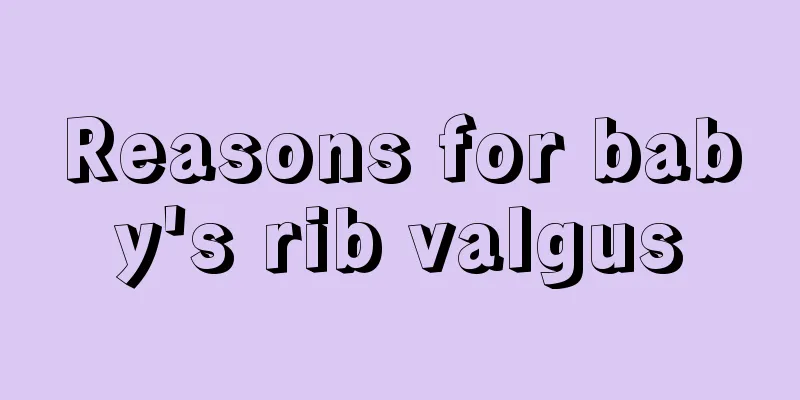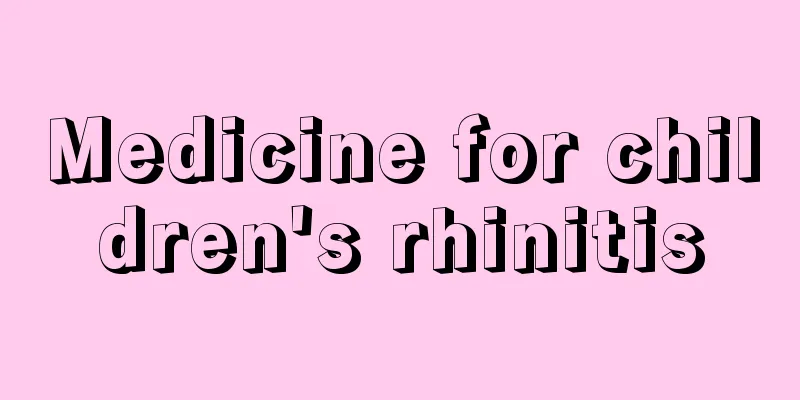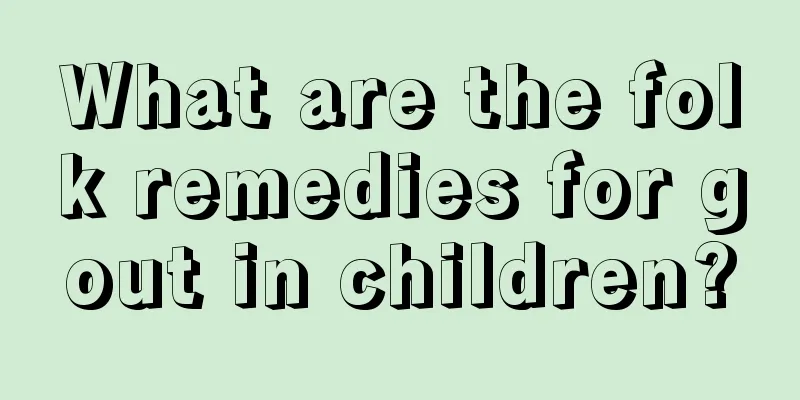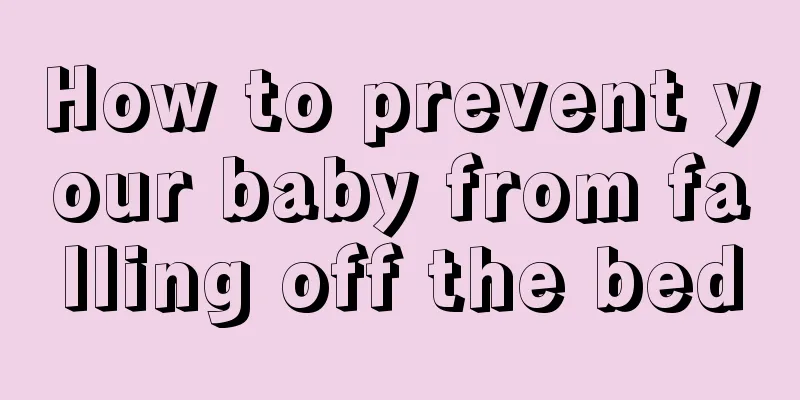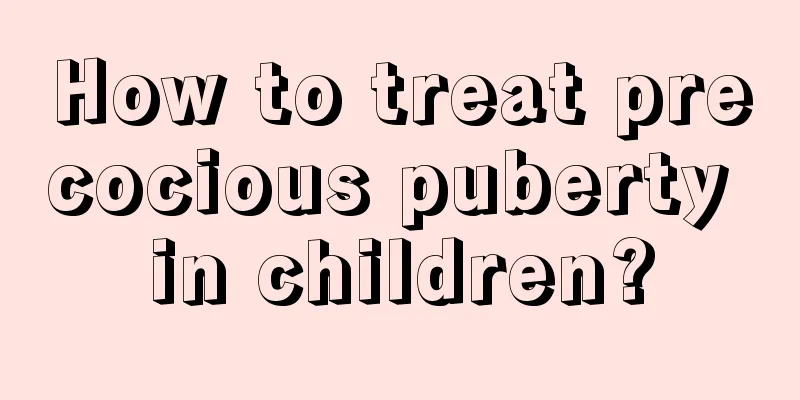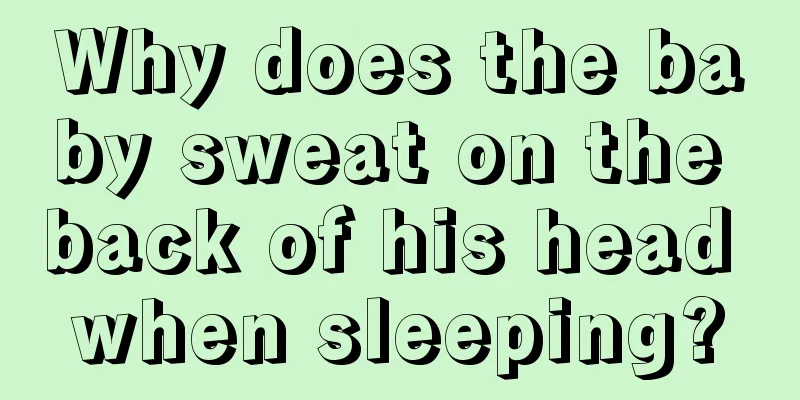What does convulsion mean?
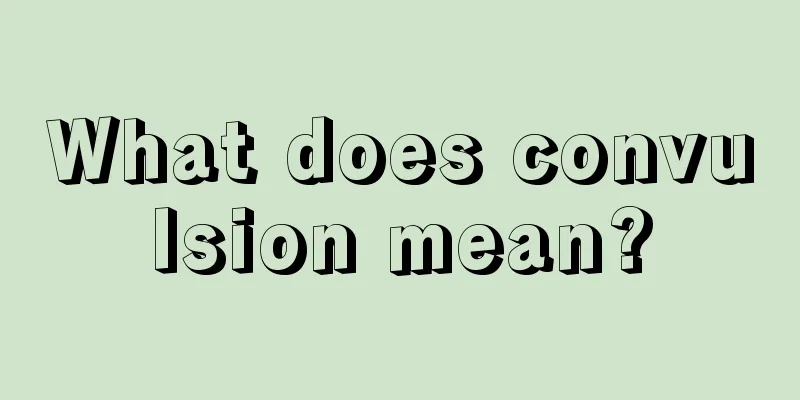
|
Convulsion is a neurological disease that mostly affects infants and young children. Many parents do not understand what kind of disease convulsion is, so they do not know how to deal with it when their children have the disease. Convulsion is actually what people often call convulsion, which can cause irreversible damage to the nerves over time. So today we will take a closer look at the disease of convulsions.
Convulsion is a common pediatric emergency and the most common neurological symptom in children. It is a common acute and serious disease in children, with the main clinical features being rhythmic limb movements (convulsions) and coma. Also known as "convulsion", commonly known as "convulsion" or "shock". It can occur in any season and is more common in infants and young children. The younger the age, the higher the incidence rate. Some seizures are potentially life-threatening. Generally, short-term convulsions have almost no obvious effect on the brain, but long-term convulsions, especially status epilepticus, may cause permanent neurological damage.
The pathophysiological basis of childhood convulsions can be either epileptic or non-epileptic seizures. The former is caused by various reasons of brain cell dysfunction. The excitability of brain neurons is too high, and neurons suddenly discharge abnormally in large numbers and hypersynchronously, which causes motor seizures in skeletal muscles through nerve conduction. The latter can be caused by increased excitability of the brainstem, spinal cord, neuromuscular junction and muscles themselves, such as changes in electrolytes in the body (such as increased potassium and sodium or decreased calcium and magnesium); it can also be caused by emotional changes such as hysteria.
The cerebral cortex of infants and young children is not fully developed, so their analytical, identification and inhibitory functions are poor; the outer covering layer of nerve fibers, medically called the "myelin sheath", has not yet been fully formed, and its insulation and protection effects are poor. After being stimulated, excitatory impulses are easily generalized like cross-wires in a telephone line; their immune function is low, and they are easily infected and induced to have convulsions; their blood-brain barrier function is poor, and various toxins and microorganisms can easily enter the brain tissue; certain special diseases such as birth injuries, brain development defects and congenital metabolic abnormalities are also common in this period, which are all reasons for the high incidence of convulsions in infancy and young children. |
<<: What to do if your child suddenly complains of a headache
>>: Febrile seizures in children
Recommend
How to treat children crying at night
Nowadays, it is not uncommon to see children cryi...
Simple breakfast recipe for 1-year-old baby
One-year-old babies can generally eat some comple...
What's wrong with the baby's skin shedding?
What should I do if my baby's skin is peeling...
Why are the skin on my child's fingers peeling?
When winter comes, many parents will find that th...
Treatment principles and methods for cerebral palsy in children
Cerebral palsy is a relatively serious disease, m...
What to apply on baby's dry skin
If the baby's skin is too dry, it is not just...
What is the cause of the baby's teeth grinding at eleven months old?
Taking care of a baby is the most troublesome thi...
What should I do if my child has oral ulcers?
Oral ulcers are a very common disease that causes...
How to deal with children with high fever convulsions and how to care for them?
Parents should be alert when their children have ...
What can't children eat when they have chickenpox?
Chickenpox is a type of herpes that is common in ...
Can children grow taller by drinking milk?
Many parents are worried that their children will...
What to do if your baby has black lips
Many of the body functions of infants cannot be f...
If parents are not tall, can their children grow taller?
The problem of children's height is not only ...
How many times a day is normal for a baby to poop?
When the baby defecates, many parents will observ...
Can children drink Astragalus?
Astragalus has the effect of curing diseases and ...
